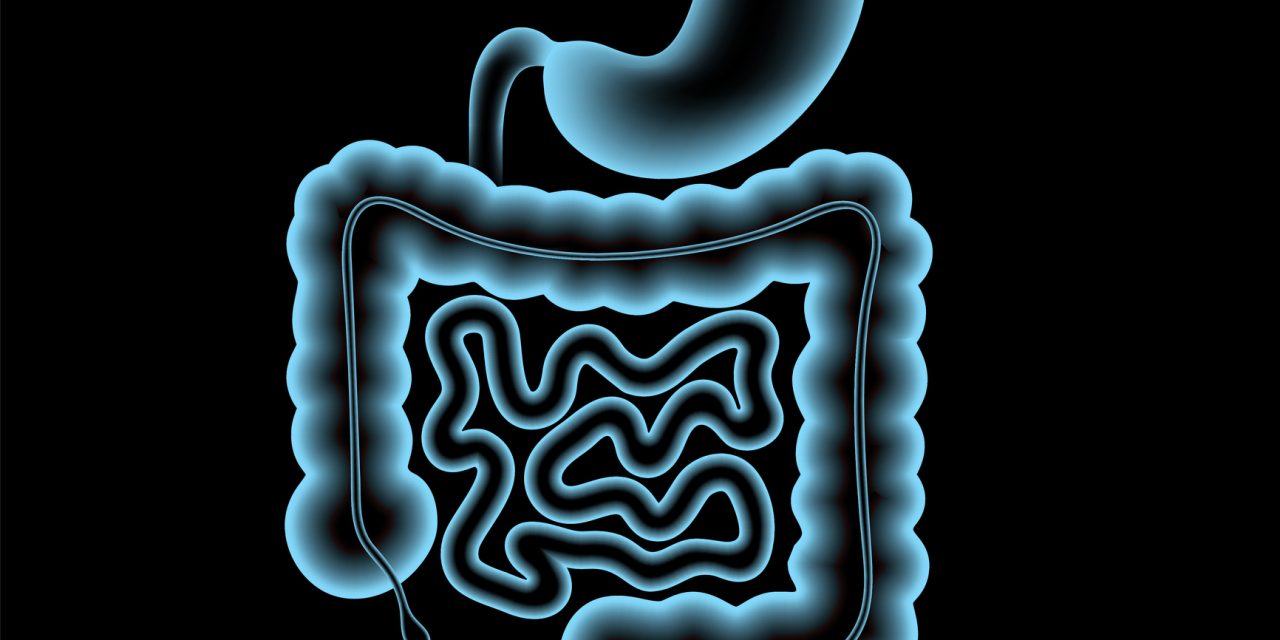According to current data, tube adsorption results in the loss of a considerable proportion of human milk fat. The goal was to assess the impact of reintroducing tubing leftover milk on the quality of supplied milk’s macronutrient composition. This was an in vitro experiment. Producing a tiny additional amount to be utilized for priming the connecting tubes is part of the usual technique of preparing and delivering enriched human milk. The tubes and any remaining milk would be discarded at the end of the infusion. This approach was compared to a novel method in which the correct amount of milk was produced and used to prime the connecting tubes. Air was used to push leftover tube milk. The traditional approach resulted in considerable fat, protein, and calorie losses of 16.7 percent, 3.4 percent, and 9.2 percent, respectively, compared to the new method’s 8.2 percent, 0 percent, and 3.3 percent. The considerable gains in the leftover milk contents of fat 6.3 1.1 g/dL, protein 3.5 0.4 g/dL, and calories 28 2.6 kcal/oz as compared to processed milk of 4.8 0.3, 2.9 0.3 g/dL, and 24.0 0.8 kcal/oz, respectively, justified these losses in the conventional technique.
Traditional continuous administration techniques of human milk result in considerable fat and protein losses. This study proposes a simple intervention that would greatly reduce these losses by producing the exact quantity of desired milk and then forcing through the residual milk left in the tube with a little bit of air.


